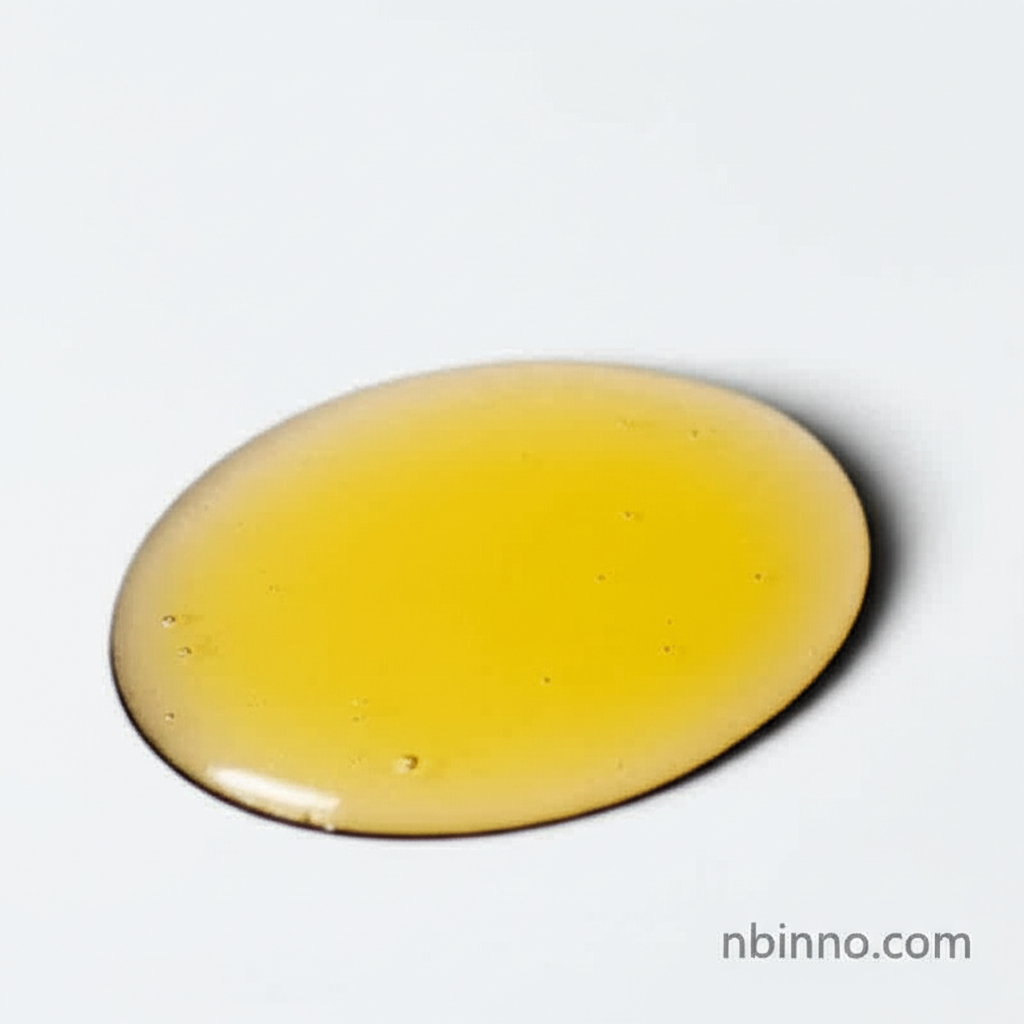Tetrabutylurea (TBU): A Comprehensive Guide to its Properties, Applications, and Advantages
Discover the key applications and benefits of Tetrabutylurea, a vital industrial chemical for hydrogen peroxide production.
Get a Quote & SampleProduct Core Value

Tetrabutylurea
Tetrabutylurea, identified by CAS 4559-86-8, is an organic compound primarily utilized as a high-performance solvent. Its key role in the anthraquinone process for hydrogen peroxide production stems from its excellent solubility of hydroanthraquinone and a favorable distribution coefficient for H2O2 across phases. Compared to traditional solvents like trioctyl phosphate, Tetrabutylurea offers significant advantages in efficiency and process performance, making it a preferred choice for modern chemical manufacturing.
- Explore the Tetrabutylurea uses for hydrogen peroxide production, understanding its critical role in this vital industrial process.
- Learn about Tetrabutylurea CAS 4559-86-8 applications, revealing its versatility beyond its primary solvent function.
- Investigate Tetrabutylurea chemical properties and uses to appreciate its unique characteristics and industrial value.
- Discover how to buy Tetrabutylurea industrial grade to ensure you are sourcing a quality product for your specific needs.
Advantages Provided by the Product
Enhanced Hydrogen Peroxide Production Efficiency
The superior solubility of hydroanthraquinone and the favorable distribution coefficient of H2O2 in two phases contribute to improved yields and efficiency when using Tetrabutylurea as a solvent in the anthraquinone process.
Versatile Chemical Intermediate
Beyond its primary application, Tetrabutylurea chemical name reveals its potential as a building block or reagent in various organic synthesis pathways.
Reliable Sourcing for Industrial Needs
Understanding where to buy Tetrabutylurea industrial grade ensures a consistent supply chain for critical manufacturing processes.
Key Applications
Hydrogen Peroxide Production
Tetrabutylurea is indispensable as a solvent in the anthraquinone method for producing hydrogen peroxide, optimizing the extraction of H2O2.
Organic Synthesis
Its properties make it a valuable compound for various organic synthesis reactions, serving as a solvent or reagent.
Lithium Battery Electrolytes
Investigated for its potential role as an additive in lithium-ion battery electrolytes, enhancing performance and stability.
Phase-Transfer Catalysis
Can act as a phase-transfer catalyst, facilitating reactions between immiscible phases in chemical processes.
